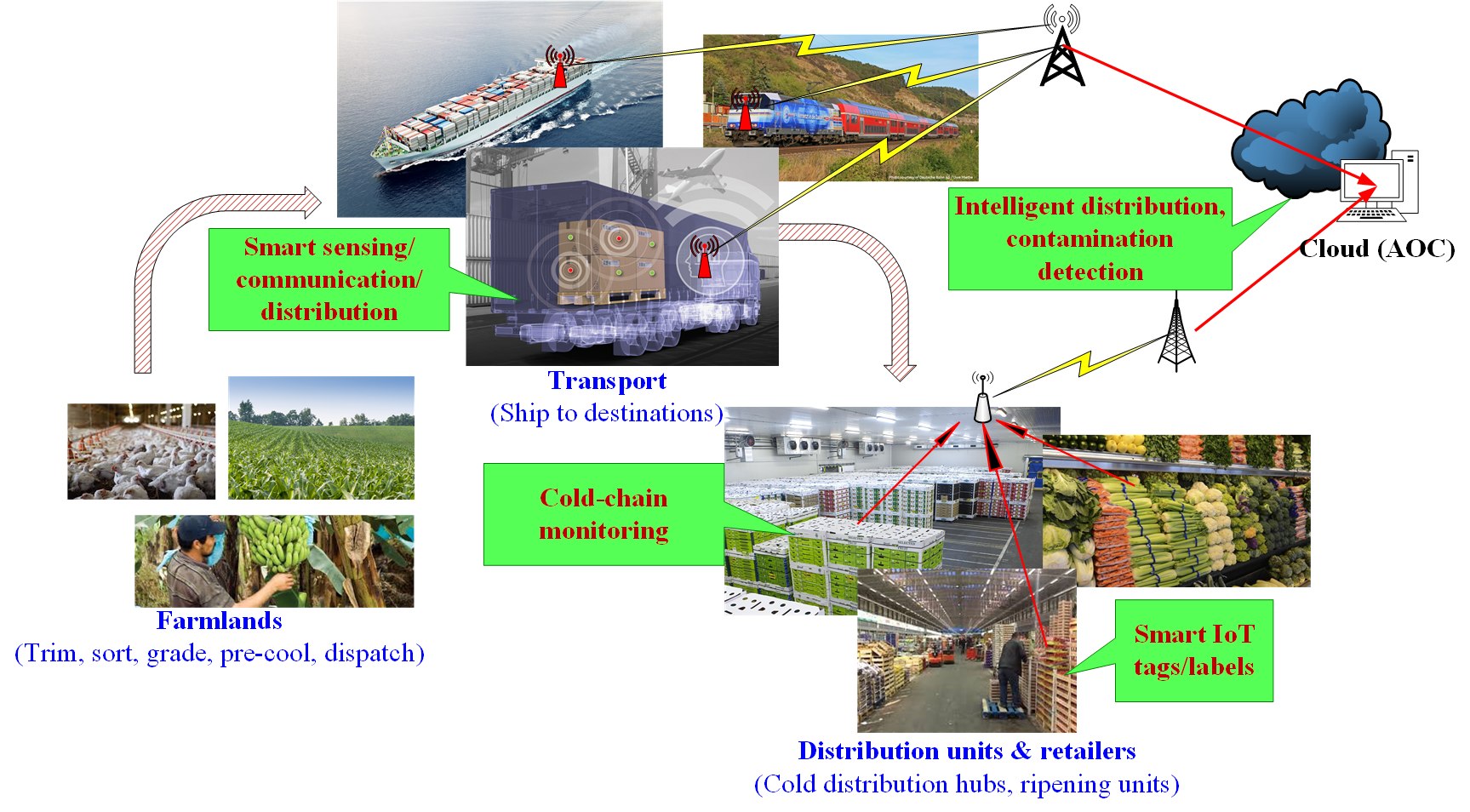Fig. 1: Sensing and Communication Architecture for Food Logistics.

Physical Internet is a fairly recent concept that attempts to revolutionize product distribution logistics by emu- lating the Internet. The key issues in making the distribution logistics more effcient, exible, cheaper, and more user friendly include (a) standardization of identification, labeling, packaging, transportation, tracking, etc., (b) sharing of physical distribution infrastructure among multiple companies, and (c) worker friendly logistics (e.g., enabling truck drivers to return home for the night). We have recently started looking at the synergies between fresh food networks (FFNs) and computer networks (CNs) and we found important parallels and differences between the two. One key characteristic of FFNs is the constant deterioration in quality of a food package based on the delay in the distribution pipeline and handling factors such as temperature, humidity, vibrations, etc. In CN terms, we can think of this as the case of a rotting packet, but in CNs, the packet is either good (e.g., delivered before the deadline) or useless (e.g. too late). Proper handling of rotting packets in term of routing, distribution, and end use are interesting issues for CNs inspired by food networks. FFNs also involve multiple levels of packet bundling/unbundling, which can be useful for efficient content distribution in CNs.
In this research, we want to take this analogy further and examine Physical Internet from the perspective of fresh food distribution in an well structured and advanced fashion, which we define as the Internet of Perishable Logistics (IoPL). To study the entire system in a systematic manner, we propose a layered architecture for the perishable logistics by imitating the TCP/IP network stack. However in contrast to the Internet architec- ture, IoPL needs to consider a number of additional challenges related to different resource availability (trucks, containers, load-unloading equipments), various spoilage and contamination sensing and taking appropriate ac- tions to reduce waste, address human needs such as driver availability, their away-home time etc. When IoPL is augmented with sensors and actuators (for example contamination sensors in meat packages, road congestion monitoring etc.), the technology becomes an instance of the more general class of cyber-physical systems as shown in Fig. 1.

Another key objective of IoPL is to reduce food waste due to spoilage and contamination. Sensing of food spoilage and contamination is an active area of research, with many types of sensors currently available and under development. These tiny sensors can be inserted into the shipping boxes or containers while they are out for delivery in a truck or inside the warehouse. These sensing devices may communicate with others and with next level data integrator in the truck, which in turn communicates with the central controller. A substantial challenge here is the intra-container communication environment with tissue medium or through water-containing products (e.g., meat, fresh vegetables/fruits). In such environments, a normal RF communication (e.g., Bluetooth at the 2.4 GHz ISM band) is unlikely to be usable due to high signal absorption and complex channel conditions. Instead we are exploring a Magnetic Induction (MI) based communication and sensing infrastructure in such scenarios at HF band (3-30 MHz) that is largely unaffected by the tissue medium. Compared to the RF-based techniques, the MI-based techniques have the following advantages: (a) better penetration performance (i.e., low absorption) as the magnetic permeability of tissue medium is very similar to that of air, (b) predictable and constant channel conditions, and (c) small coil antennas (e.g., a few mm or cm). Although the MI communication has a small transmission range (e.g., 1.5-2 m) and achieves a small data rate (e.g., 596 kbits/s), it fits well in such IoPL application.
Related Publications: